How Robotics is Transforming the Healthcare Industry

In recent years, the integration of robotics into healthcare has evolved from being a futuristic concept into a powerful and practical reality. From surgical robots that enhance precision to rehabilitation robots that assist patients in recovery, robotics is revolutionizing how care is delivered and experienced. At robotics.sa, we explore how this technology is reshaping the medical world — making healthcare more efficient, accurate, and accessible.
1. A New Era of Surgery: The Rise of Robotic-Assisted Operations
One of the most prominent uses of robotics in healthcare is in the operating room. Surgical robots like the da Vinci Surgical System allow surgeons to perform complex procedures with extreme precision and minimal invasiveness. These systems use robotic arms controlled by a surgeon through a console, offering better visualization, flexibility, and control.
Benefits include:
- Smaller incisions and reduced scarring
- Lower risk of infection
- Shorter hospital stays
- Faster recovery times for patients
Hospitals across the world — including those in the Middle East — are rapidly adopting robotic-assisted surgeries, marking a significant step forward in patient care.
2. Rehabilitation and Physical Therapy Robots
Rehabilitation is a critical phase for many patients recovering from strokes, spinal injuries, or surgeries. Robotics is making this process more effective through intelligent exoskeletons and robotic therapy devices.
Examples:
- Exoskeletons: Wearable robotic suits help patients regain movement in their legs and arms by supporting their motion and offering real-time feedback.
- Robotic arms and hands: Used for stroke patients to perform repetitive, controlled movements that help retrain the brain and muscles.
These robots not only assist the patient but also collect data that helps doctors monitor progress and customize therapy programs.

3. Robots in Hospitals: From Delivery to Disinfection
Healthcare robotics goes beyond surgery and rehabilitation. Inside hospitals, robots are now performing routine and essential tasks such as:
- Medication and supply delivery: Robots can navigate hospital corridors, delivering medicines, meals, or equipment, reducing the workload on nurses and staff.
- Disinfection robots: Especially after the COVID-19 pandemic, UV light-based robots are used to sterilize rooms, reducing the risk of hospital-acquired infections.
- Reception and patient guidance: Some hospitals use humanoid robots to greet visitors, answer basic questions, and guide patients to their destinations.
These innovations not only improve hospital efficiency but also minimize human exposure to pathogens, enhancing safety.
4. Robotic Prosthetics and Assistive Devices
Another significant area is robotic prosthetics — artificial limbs that move and function like natural ones. With advancements in AI and sensor technology, modern prosthetics are highly responsive and adaptable.
- Smart limbs: Can detect muscle signals and adjust movement in real time.
- Assistive devices for elderly and disabled: Robots can help with mobility, fetch objects, or even provide companionship to reduce loneliness.
These solutions empower individuals to live more independently and confidently.
5. Telemedicine and Remote Surgery with Robotics
Robotics combined with telemedicine allows doctors to examine and treat patients remotely. In some advanced cases, remote surgeries have been performed using 5G technology and robotic systems — where a surgeon controls a robot from a different location.
This has huge implications for remote or underserved areas, where access to specialized healthcare is limited.
6. AI and Robotics: A Powerful Healthcare Combo
Artificial Intelligence is often the brain behind healthcare robots. AI enables machines to learn from data, make decisions, and even predict outcomes.
For example:
- Robotic diagnostics tools can analyze patient symptoms and medical images to assist doctors.
- AI-driven surgical robots can suggest optimal incision paths or alert surgeons to potential issues in real-time.
This synergy of AI and robotics is pushing the boundaries of what’s possible in medicine.
7. Challenges and Considerations
Despite the remarkable progress, some challenges remain:
- Cost: Robotic systems are expensive, and not all healthcare facilities can afford them.
- Training: Medical staff must be trained extensively to use these systems safely.
- Ethics and regulations: As robots become more involved in patient care, questions about accountability and privacy arise.
However, as technology advances and costs decrease, adoption will continue to grow.
8. The Future of Healthcare Robotics
Looking ahead, robotics in healthcare is poised for even greater impact:
- Miniature surgical robots that can navigate inside the human body
- AI-enhanced diagnostic bots that can outperform humans in detecting diseases
- Personal health assistant robots that monitor vitals at home
Saudi Arabia, through its Vision 2030 and ongoing investments in tech innovation, is well-positioned to become a regional leader in adopting healthcare robotics. At robotics.sa, we aim to keep you informed about these exciting developments.
Conclusion
Robotics is not replacing doctors or nurses — it’s empowering them. By taking over repetitive or physically demanding tasks, robots allow healthcare professionals to focus on what truly matters: human connection, empathy, and expert decision-making.
Whether it’s saving lives in surgery or assisting patients in recovery, robotics is undeniably transforming the healthcare landscape. The future is here — and it’s robotic.
Stay updated on the latest in medical robotics by following our blog at robotics.sa.


